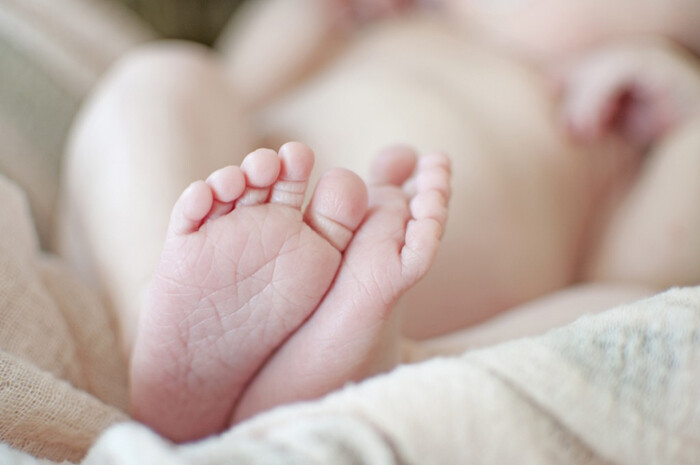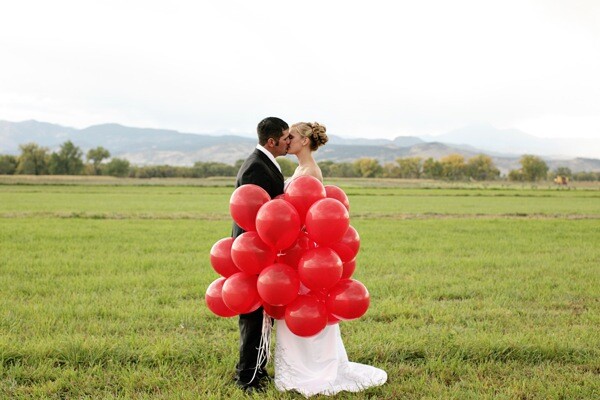The post A Beginners Guide to Taking Portraits of Elderly Clients: Part 1 – Preparation and Rapport appeared first on Digital Photography School. It was authored by Clinton Moore.

You often hear it said that outstanding photography is about storytelling. An image may not have perfect lighting ratios or razor sharpness, but if it connects with you that can be all that matters.
Working with elderly clients can be the ultimate storytelling journey as these folks have experience in spades!
In this first of a two-part series on working with elderly clients, we’ll explore the practical and rapport building aspects of creating a story through the click of a shutter. Part two focuses on lighting and posing techniques.
How old is old?

Remember that there is a spectrum of seniors. Most do not think of themselves as frail or grizzled. Get to know your stereotypes and your subject.
One place where your point of view can get in the way of a great image is generalizations around age. You’ve fallen into this trap the minute you conceptualize your client as “old” or “elderly.”
They tend to hate these terms. Can you blame them?
It’s important to step back and remember that there is a spectrum of the elderly. A 65-year-old is probably going to be at a different place in their life, both physically and mentally, to a 90-year-old. This includes everything from their health and mobility to their attitude about what they desire in a portrait.
Just try getting a 90-year-old to go for a brisk walk down the beach at dusk as you do in your standard family portraits.
Step back and remember that you need to get to know where your client is at before you even pick up your camera. After all, age is a state of mind.
Rapport building
Older clients tend to take a bit more time to photograph. They’ve been around the block a few times, and they want to get to know you a bit first. Also, they’re generally not trained models looking for a glamour shot for their Instagram feed.
For them, a photograph is an event, not an addiction.

Older generations may only have had one formal photograph in their lives. Don’t assume they will be comfortable around the camera just because they’re there.
Communicate their way
You may be used to connecting through a world of emails and social media, but this isn’t always the case for older clients. For many older clients, their first instinct will be to pick up the phone (and we’re not even talking about a cell/mobile half the time!).
So be sure to place your phone number prominently on your website and any other form of marketing. This creates a sense of trust that you’re not going to just run off with their money.
Of course, many older clients do have email but may likely hold you to a higher standard of communication than you are used to on social media. Make sure you address them formally (i.e. “Dear John”), don’t use modern abbreviations or slang, and please check your spelling and grammar!
Creating comfort
When shooting a portrait, comfort should be your number one priority regardless of your client’s age. However, for older clients, you may have to do a little more than just making bad jokes from behind the lens.
Take the time to meet with your client before the shooting date. Sit down with them and be willing to share a bit of your personal story. This means more than just your shooting style. Tell them about where you come from, your family, or your interests.
This old school type of business approach might seem a little strange if you’re used to more modern online interactions. However, for older clients, it builds trust.
Try to keep in mind that older generations didn’t grow up with cameras being thrust in their face every second of the day. So your first job is really to make them feel safe. It’s entirely possible that the photo shoot was the idea of their children, and the client themselves may not be entirely on board.
So be sure to make them feel comfortable. Communicate your process and timeline clearly, and then stick to it!

Sitting down with your client can be the most interesting part of the whole process. Take the time to do it right.
Understand their goal
Who paid for the shoot? One of the tough parts about working with older people is that they may not actually be the client!
If their children are footing the bill, understand what they want from the session in addition to the older persons desired outcomes. Often this is going to be a case of compromise. This highlights the importance of communication and preparation.
Now assuming the older person is your client, the first step is to determine how they want to be portrayed. While this should be standard practice regardless of age, there are a few areas here that can trip you up.
If they’re quite old, this portrait could be the photo destined for the tombstone. No one will say it out loud, but people may be thinking it. As such, family members might have differing, but strong opinions about how things should look.
Keep in mind that some clients might want to be photoshopped back into their 20s, whereas others may proudly want their wrinkles on display. As always communication is vital!
Be careful about imposing your ideas of old age photography onto the session. Try to avoid the cliché shots of the serious or delirious old person. Instead, let their personality shine.

Avoid the clichéd shots and post-processing that portray older subjects as worn or child-like. Let their personality lead your images.
Get out of their face
Want to make an 80+-year-old client feel immediately uncomfortable? Get right up in their face with a lens. Aside from the fact that it’s probably not going to give a very flattering look, it can feel intimidating.
They may also not be over the moon about being surrounded by multiple light stands, softboxes, flags, and reflectors.
During your initial consultation, find out what level of gear will allow them to feel comfortable. If that means just the natural light through a window, then work with that.
Posed versus candid photographs
One of the most important initial questions pre-shoot is whether the client wants posed or candid shots.
While the client’s wishes should mostly steer this decision, you need to take a few factors into account.
Client’s who are experiencing dementia, particularly frontal dementia, may struggle with a posed photo shoot. Frontal dementia affects a person’s ability to plan and organize. So your usually simple instructions such as “open your eyes and smile on the count of three,” may quickly descend into chaos.
That said, if you’re doing a family shoot, a little bit of this chaos (provided no one gets too embarrassed) can be a great natural ice-breaker.
When in doubt ask yourself what style of shoot will best allow the client’s personality to shine through. A shot of grandpa tinkering away in his workshop might be infinitely more valuable than a stale headshot for the family.

Sometimes the best photograph won’t be the perfectly lit, composed and exposed image. A family snapshot can be infinitely more iconic if it captures your subject’s personality.
Length of sessions
When shooting significantly older clients, keep sessions as short as possible.
The process of having to concentrate on a range of different instructions can be quite fatiguing. There’s also a good chance that their preparation for the shoot started well before you arrived.
As mentioned before, clients suffering with dementia can also experience a phenomenon called “sundowning” which is a tendency to become more confused towards the end of the day.
See again the importance of making sure you know your client before you organize anything?

Jot down everything you can during your pre-consultation to create a fleshed-out idea of your client and their needs.
Mobility and location of sessions
Although a 60-year-old client can probably go anywhere you can think of; a 90-year-old client can’t. Something as small as a flight of stairs can pose a massive hurdle to a significantly older client.
Plan where you are going beforehand and give your client plenty of time to get there.
Asking them to cross a park to get to a beautiful spot you usually take your clients could end up taking more time than you had intended for the entire shoot.
As you can see, the minute you leave the client’s home, things get a bit more complicated. However, don’t let that discourage you from venturing outdoors. Just do the groundwork beforehand and make sure everyone involved is on the same page.

Be realistic about the areas an older person can access. A few steps may as well be a mountain for some. It never hurts to send your assistant to check it out first.
Conclusion
Working with older clients is a delightful experience. Their sincerity is hard to miss. To ensure you have the best chance at a successful shoot, take the time to prepare more than just your lighting diagrams. Focus on understanding the client’s goals and personality. Collaborate with the family where necessary, and make their comfort your number one priority.
Next time we’ll be looking at some ideas around lighting and posing older clients.
Do you have any other tips you’d like to share? If so, please do so in the comments section.
The post A Beginners Guide to Taking Portraits of Elderly Clients: Part 1 – Preparation and Rapport appeared first on Digital Photography School. It was authored by Clinton Moore.












You must be logged in to post a comment.